27, October 2020
Senate confirms Amy Coney Barrett to US Supreme Court in victory for Republicans 0
The Republican-controlled U.S. Senate handed President Donald Trump a major pre-election political victory on Monday by confirming his Supreme Court nominee, Amy Coney Barrett, with the White House planning a celebratory event afterward.
The Senate voted 52-48, with Democrats unified in opposing Barrett’s confirmation, which creates a 6-3 conservative majority on the high court. One Republican, Susan Collins, voted against the confirmation.
The ceremony planned at the White House comes a month after a similar event was linked to a Covid-19 outbreak that preceded Trump’s own infection. Barrett will succeed liberal Justice Ruth Bader Ginsburg, who died last month.
Source: Reuters
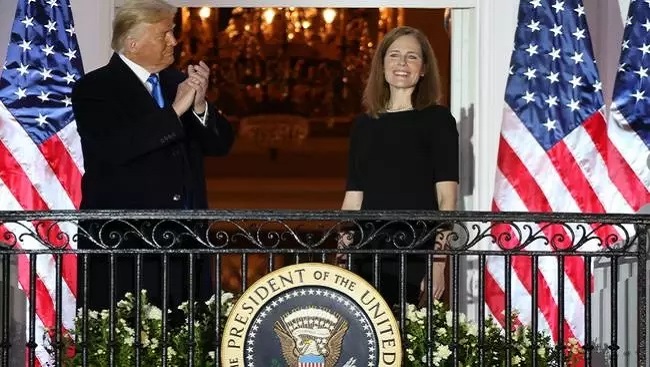
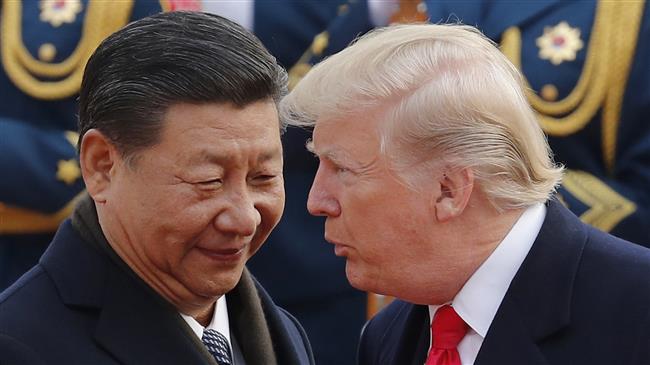

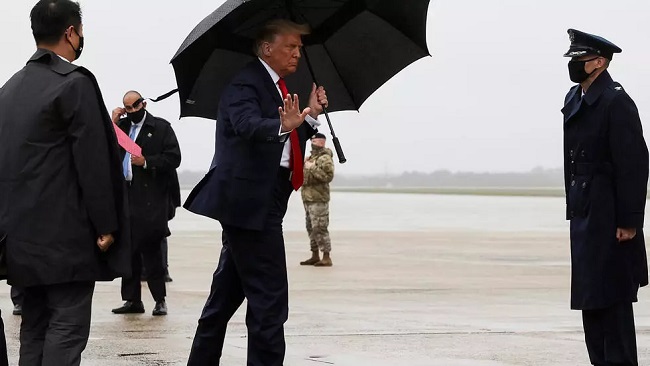

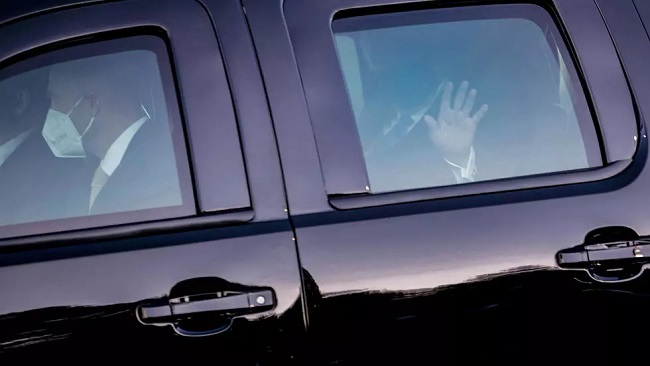

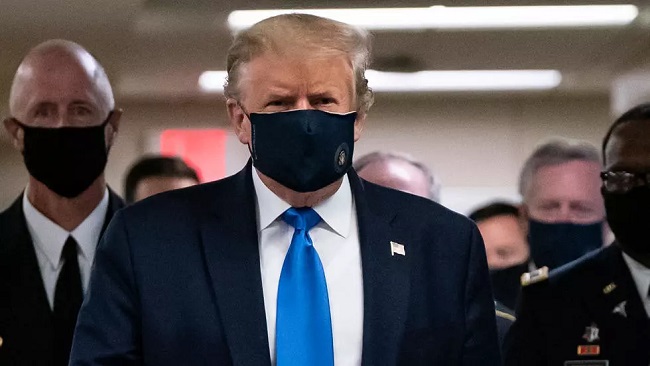
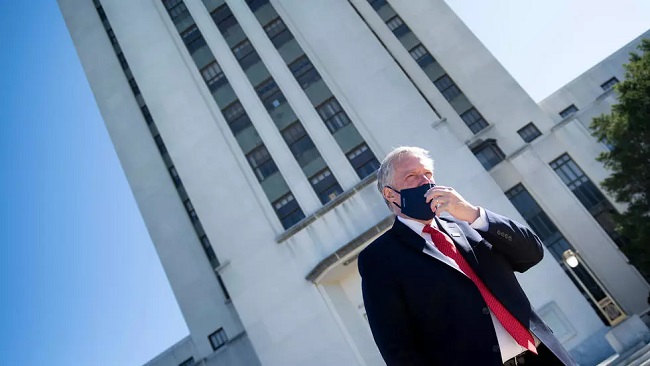
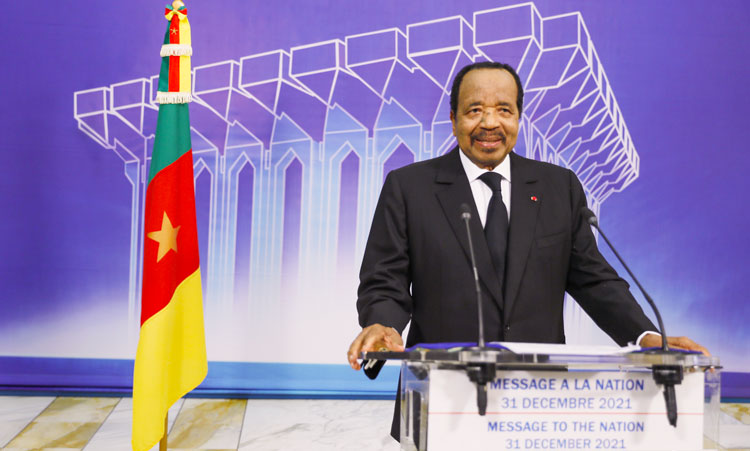
















29, October 2020
Algerian president Tebboune transferred to German hospital amid Covid-19 fears 0
Algeria’s president was transferred from hospital in Algiers to Germany on Wednesday, officials said, days after the 74-year-old went into self-isolation following reports of suspected coronavirus cases among his aides.
“The President of the Republic, Mr. Abdelmadjid Tebboune was transferred… to Germany for in-depth medical examinations on the recommendation of medical staff,” a statement from the presidency said.
The transfer comes after officials said Saturday that Tebboune had “voluntarily” gone into self-isolation for five days amid reports several officials in the presidency and government had contracted the Covid-19 disease.
On Tuesday, Tebboune, a heavy smoker, was admitted into a “specialised care unit” in a military hospital in Algeria’s capital.
The presidency said at the time that his “state of health does not raise any concern”, but gave no further details.
On Wednesday, Tebboune had been expected to inaugurate the prayer hall of the new Grand Mosque in Algiers, the third largest in the world.
The president’s hospitalisation also comes ahead of a referendum on November 1 on constitutional reforms that the government hopes will satisfy a protest movement. The vote is a flagship initiative of Tebboune.
Algeria has seen a resurgence in novel coronavirus cases in recent weeks.
Over 57,000 cases have been recorded in the country of 44 million, including more than 1,940 deaths.
(AFP)